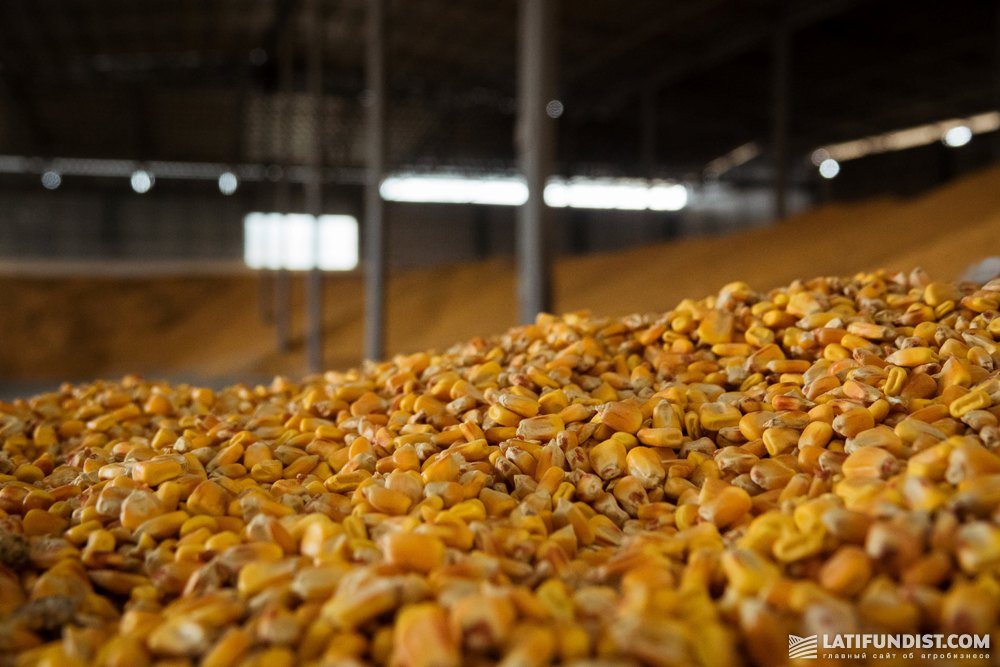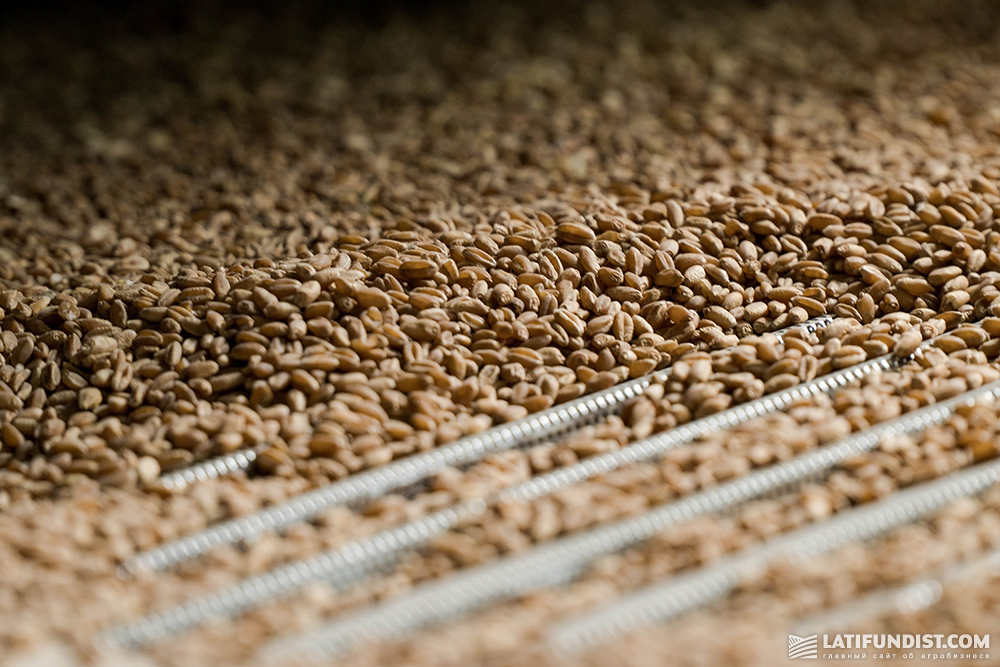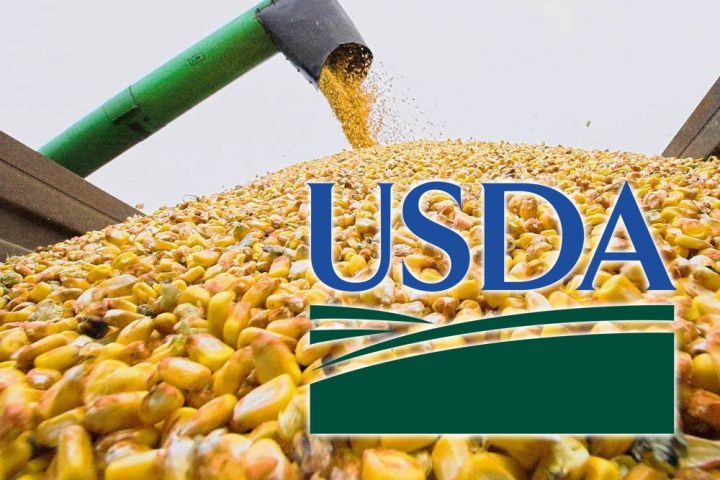The May USDA Report: Corn Production Growth, Abundant Wheat Stocks and Little Optimism for Sales
Yesterday, grain market players attention was focused on the release of the WASDE report. Unlike previous reports, the May report for the first time made its forecast for the next season, 2020/21. Corn balances in the US sparked great interest, as even before the publication of the report, the market repeatedly received information about a significant reduction in domestic consumption of grain in the country due to falling demand for ethanol and feed.
Given the fact that the U.S. domestic market accounts for 80-85% of total production, any domestic reduction in consumption leverages against balances which, as a result, negatively affects world balances and puts pressure on prices.
Despite expectations, in the May report, USDA almost left unchanged the forecast for the ending stocks of the current season — they were increased only by 200 thou. t to 53.3 mln t. The increase in inventories was actually offset by the projected rise in corn use for feed and export. Though the balance in the US is conservative, the global picture is rather unfavourable for sellers — USDA expects corn stocks to reach 314.7 mln t, while in April the forecast was at 303.2 mln t.
The main reason for the increase in world ending stocks was the decline in the forecast of domestic consumption in China, which may well have been caused by African swine fever (ASF) spread and quarantine. The Agriculture Ministry also made no adjustments for the corn harvest in Brazil, leaving it at 101 mln t, while local analysts have long been working with 96 mln t since the weather conditions had a negative impact on crops.
As for the new harvest, in spite of strong opinion polarity among analysts, their average estimate of end balances in the US coincided with the USDA forecast — 86.1 mln t vs. 84.3 mln t, respectively. Also, the Ministry was very optimistic about the prospects of the next season: according to the forecast, the world production will amount to 1187 mln t of corn, 73 mln t higher than this season.
The US (+58 mln t compared to the current year), Brazil (+5 mln t) and Ukraine (+4 mln t) may harvest record volumes. As for the US, it should be noted that despite the negative price dynamics and a significant decline in profitability of production, American farmers are expected to plant 97.0 mln acres(39.2 mln ha) of corn, which is 8% or 7.29 mln acres(2.9 mln ha) more from the previous season.
The market players expected a weather rally and corn price recovery in Chicago despite the record sown areas, but so far the situation is bearish: the weather is favourable and as of May 10, corn is 67% sown in the US. The sowing campaign is ahead of the average and significantly higher than last year's, which at the same date was estimated at 28%.
The situation in Ukraine has also improved significantly: a few weeks ago there was a moisture deficit, which negatively affected the development of corn crops, but today this problem is gone as the rains have brought precipitation all over the country. Taking into account the growth in sown areas up to 5.4 mln ha (+0.4 mln ha compared to the last year) it is likely that the production will be close to the USDA outlook. Although production forecasts are positive, this does not give optimism to domestic farmers, as global balances are tight, plus the pandemic makes it no better as it has made adjustments in consumption.
The WASDE report was also bearish for wheat of the new harvest. Firstly, the global production, despite the problems in the EU, Russia and Ukraine, will increase by 4 mln t compared to the current season.
The Ministry completely ignored the local analysts' outlook, which provides much lower production forecasts. The USDA set the forecast for Ukraine at 28 mln t, but these figures do not find support among local market players, who note that the crops and weather conditions are much worse now compared to last year, thus most of them operate in the range of 26.0-26.5 mln t. With regard to the reduction of wheat production in the EU, it is projected to be partially offset by growth in Argentina and Australia. The market participants were most surprised by wheat ending stocks forecast to revise upward to 310 mln t in 2020/21, compared to 295 mln t this season.
China will be the key growth driver where the expected new season balances increase to 160 mln t (+10 mln t to the current season). While the May report is bearish, the published data will have an indirect impact on the market, as most of the indicators will be revised. However, it is worth noting that in the event of forecasts cut, it will be a pretty good support factor.
Olga Harabara, Barva Invest analyst for oilseed and grain markets




